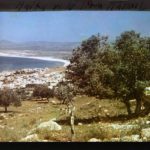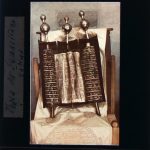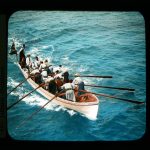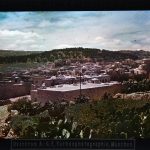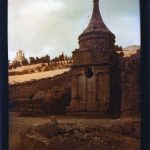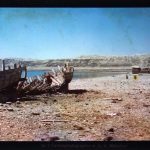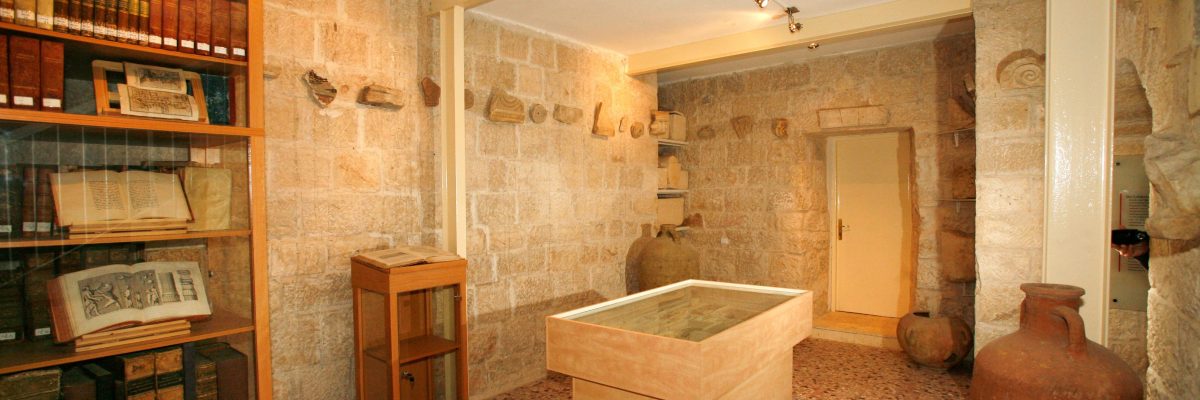
Gustaf Dalman's Glass Slide Collection
“Think the past into the present“: that was one of the principles of Gustav Dalman’s Palestine Studies. He was convinced that only the knowledge of the nature and of the human beings of the Holy Land would unlock the Bible to theologists.
However, at the beginning of the 20th century a journey to the country of the Holy Scripture was time-consuming, difficult and at some points impossible. Therefore, Dalman installed an extensive collection of photographs to present the Holy Land to the people who had stayed at home. The major part of Dalman’s collection is situated in the Gustaf-Dalman-Institut in Greifswald. However, the German Protestant Institute for Archaeology (GPIA) in Jerusalem also owns several hundred photographs of its first director. Particular attention deserve the 120 glass slides (slides on glass discs) that were taken at the beginning of the 20th century. Through cumbersome handicraft they were coloured to give the viewer a unique possibility to experience the Holy Land in colour just after the turn of the century.
Here you can have a look at the pictures:
The precious pieces lived through a moving history. As every year, in summer 1914 Dalman also headed back to Germany for his summer vacation and left his extensive collections in Jerusalem, among these the previously mentioned pictures. However, the outbreak of World War I made it impossible for him to return. Only in 1921 Dalman was able to return to his beloved Jerusalem to manage the transport of most of his collections to Greifswald, where he had assumed a professorship. This is how the glass slides arrived in Germany.
The main part was installed in the broad picture collection of the Palestine-Institute in Greifswald that Dalman had established (today’s Gustaf-Dalman-Institut). Some pictures were kept private. Via Johannes Julius Marx, a nephew of Dalman, the heritage of Dalman came into the possession of the Palatine Marx family. Traugott Marx from Godramstein near Landau, a son of Johannes J. Marx, gave parts of the heritage in the custody of Prof. Dieter Vieweger, the head of the GPIA. Among these pieces were the glass slides that are presented in this booklet, as well as a diascope, personal and business papers, awards and certificates, and other articles of daily use. In memory of Gustaf Dalman and with special thanks to Traugott Marx, the museum of the GPIA dedicated a room to Dalman’s belongings.
Therefore, the booklet “Gustaf Dalman’s Palestine” by Marcel Serr shall help to spread the heritage of Dalman. First of all, it offers an introduction that covers Gustaf Dalman’s life. In the second part it focusses on the historical context of his time as director in Jerusalem, followed by Dalman’s comprehension of the so-called “Palestine Studies”. Another contribution is dedicated to photography in the early twentieth century for a better definition of the collection of Dalman. Subsequently, the coloured glass slides will be presented. They are divided into four groups: Architecture, Landscape, Ethnology and Botany. On some pages, Dalman’s old photographs are opposed to current pictures. The introduction to other collections inside the museum and a short review of the history of the GPIA conclude the booklet.
You can order the booklet through sekretariat@www.deiahl.de

